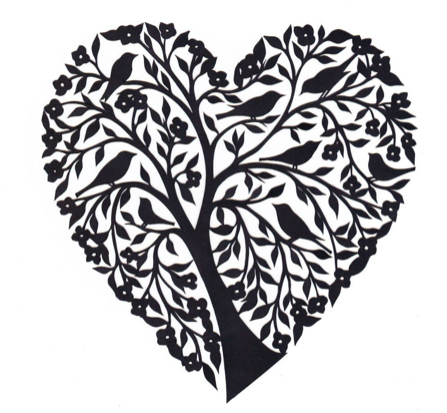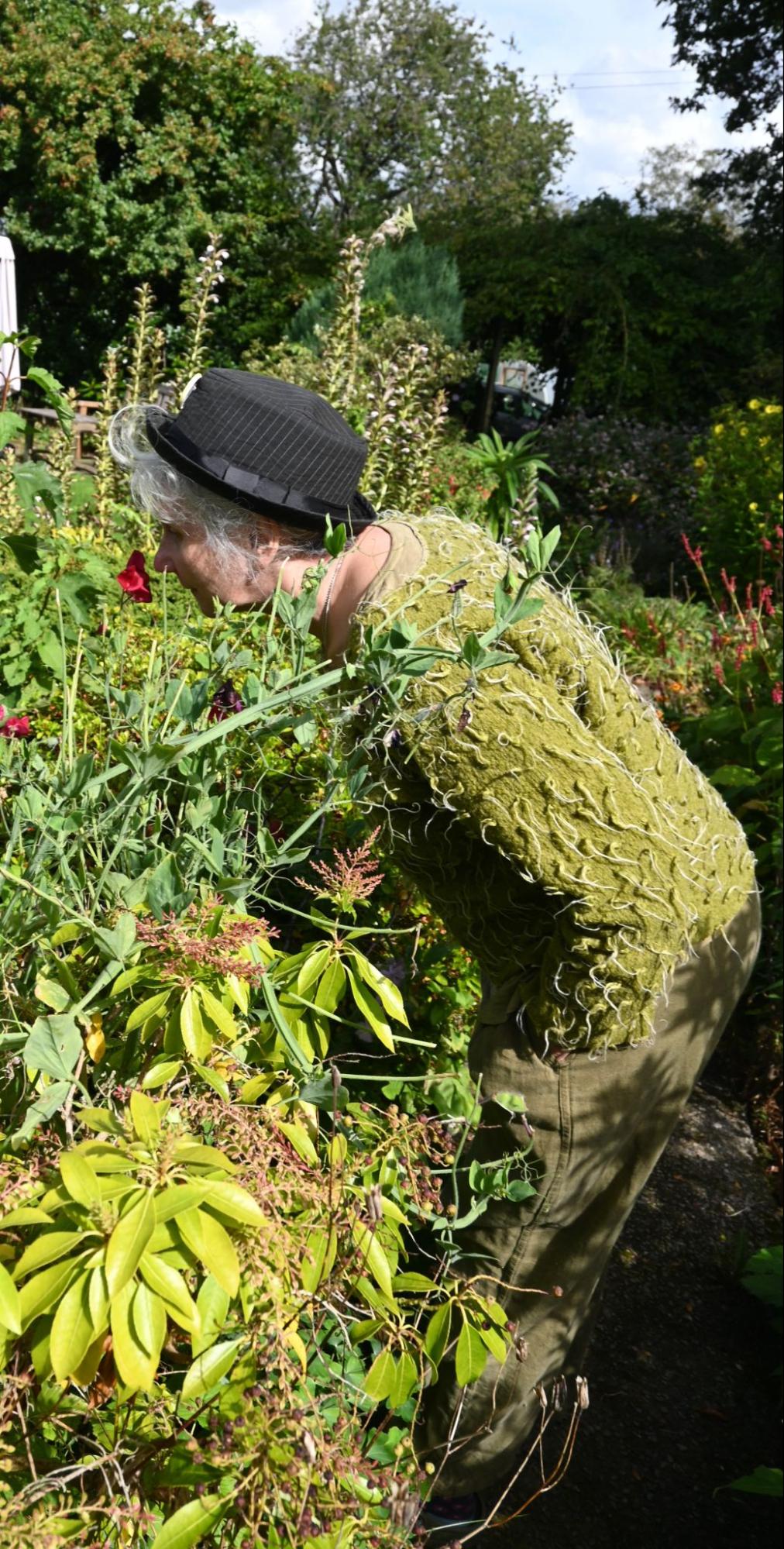Being and Belonging in Nature
Today the only things you can enter into relationship with are other humans. Yet the human nervous system still needs the nourishment that it once got from being in reciprocity with all these other shapes of sensitivity and sentience … nourishment that we once got from being in relationship with dragonflies and swallowtails and stones and lichen and turtles.
David Abram
We could see the ecological crisis as a “crisis of belonging”. Perhaps we have not taken care of our world because we don’t feel ourselves as part of it. Perhaps it is because we have been taught to view land as a resource or scenery and other forms of life as “objects”.
We are all aware of the wellness industry that sells nature as restorative. We can go into natural environments to see something or get something or have a special experience.
Can we learn to take our place again as part of nature? To deeply recognise we are part of nature whether we feel that we are or not? Perhaps we may feel separate and longing to connect/reconnect with the rest of the earth or perhaps we may feel intricately part of the web of life. Is there a way we can begin to experience other beings as family, as kin? Can we relate in a way that isn’t about taking something, that is just about relationship for relationships sake?

Here are some ways we can begin to reconnect with our other-than-human kin, strengthening our animal aliveness which favours reciprocity, emergence, and sensuous awareness.
Paying Attention
 Simply spending time with other-than-human beings. Using our senses, looking, listening, touching, smelling. However, doing this with respect, many animals, for instance birds, do not like to be watched directly. As with other relationships we may take **time** to approach other beings, “listening” with our whole selves and being prepared to change in response. Not assuming every tree wants to be hugged!
Simply spending time with other-than-human beings. Using our senses, looking, listening, touching, smelling. However, doing this with respect, many animals, for instance birds, do not like to be watched directly. As with other relationships we may take **time** to approach other beings, “listening” with our whole selves and being prepared to change in response. Not assuming every tree wants to be hugged!
Learning about the beings you see can help develop a sense of relationship – e.g. for birds, learning their calls, their colours, the way they fly, their homes - or for trees, learning their shape, their leaves, where they belong, how they interact with the breeze.
Sit Space
There is a simple practice called a 'sit space' suggested by Jon Young. He says:
Find one place you can get to know really, really, well. This is the most important routine you can develop. Know it by day; know it by night. Know it in the rain and in the snow, in the depth of winter and in the heat of summer. Know the stars and where the four directions are there. Know the birds that live there; know the trees they live in. Get to know these things as if they were your relatives, for, in time, you will come to know that they are!
Find a space outdoors to sit for ten/fifteen minutes each day without interruption. Observe everything around you, eyes, ears, and nose.
- It needs to be close to your house.
- Somewhere that you feel safe.
- it is more important that you can get there every day than if it looks pretty. If at first you feel agitated and distracted, try sitting for a shorter time and increase gradually. Some of us might find we need time to settle before we can really pay attention and want to sit for longer. Notice how your relationship with your sitting spot and the “kin” you find there changes as you get to know it.
Offer a Gift
As part of repairing our relationship with other beings, which has been one of extraction (taking more than we give back and often giving nothing back) we can start a practice of reciprocity (mutual sharing) by offering a gift.
This can be practical e.g. giving food (where appropriate) or clearing rubbish from a river or removing litter from the living places of our non-human kin.
Or it can simply be a gift of appreciation - an arrangement of leaves or wild blossoms, a song or a poem. We of course need to make sure that anything we leave in nature is not harmful and must be biodegradable.
Establish Small Rituals
For some of us, the talk of rituals will sound just weird. However, we are not talking about bloody sacrifices here, we are simply meaning carrying out activities that reconnect us to the rest of the living world, to the seasons, to a sense of place, to an appreciation of other kinds of life.
We may be drawn to reconnecting with pagan practices of celebrating the year's cycle, the moon, the solstices, Samhain, Beltane etc or the old festivals still recognised across the UK such as apple wassailing or a harvest celebration.
You may want to create your own ritual, for example going to sit with the toadstools that emerge in your local woodland when they appear each year, or greeting the same tree.
Or we might choose to sit in a place damaged by humans, an old industrial estate, a piece of disregarded wasteland and offer a sense of friendship to that place. How is it to sit in a part of nature that isn’t beautiful?
During lockdown, London rebels circled and named in chalk those plants coming up between the pavement stones (sometimes called weeds) as a way of celebrating them.
The XR World Water Wedding Campaign is based on a ritual that is about acknowledging our deep relationship with water and expressing our gratitude. Water is Life.
There are many ways to remake our relationship with Earth. Surely this is our rebellion too... a rebellion of belonging!
